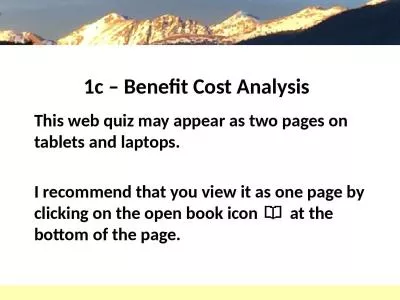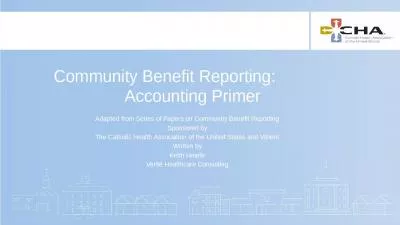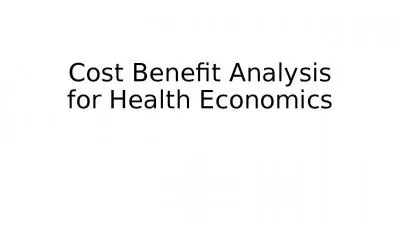PPT-Cost-Benefit Analysis of 4 Types of Policies
Author : teresa | Published Date : 2023-06-25
I Cost is any burden monetary or nonmonetary real or perceived that a group must bear A Federal childcare programs increased taxes B Busing to achieve school
Presentation Embed Code
Download Presentation
Download Presentation The PPT/PDF document "Cost-Benefit Analysis of 4 Types of Poli..." is the property of its rightful owner. Permission is granted to download and print the materials on this website for personal, non-commercial use only, and to display it on your personal computer provided you do not modify the materials and that you retain all copyright notices contained in the materials. By downloading content from our website, you accept the terms of this agreement.
Cost-Benefit Analysis of 4 Types of Policies: Transcript
Download Rules Of Document
"Cost-Benefit Analysis of 4 Types of Policies"The content belongs to its owner. You may download and print it for personal use, without modification, and keep all copyright notices. By downloading, you agree to these terms.
Related Documents

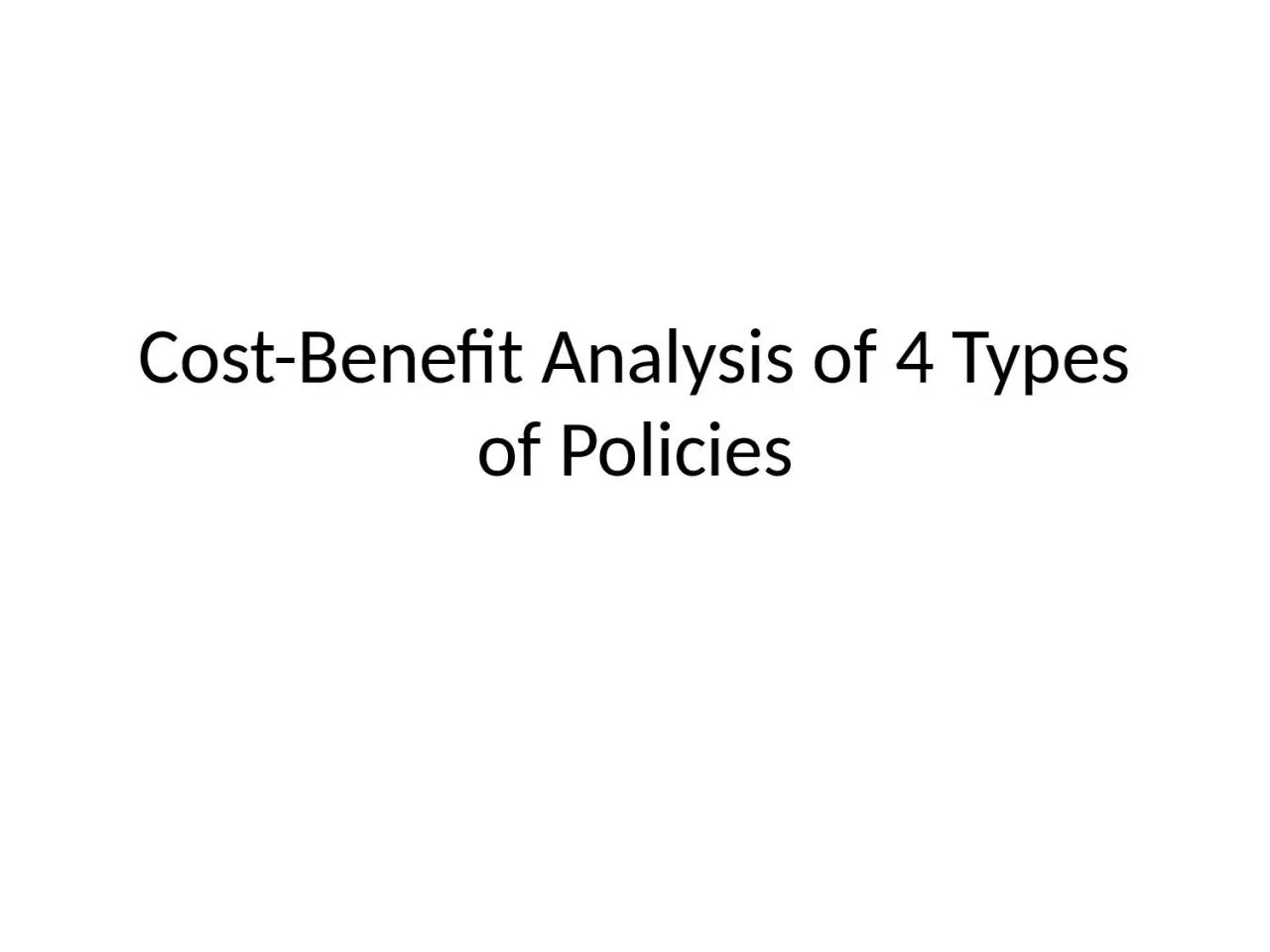

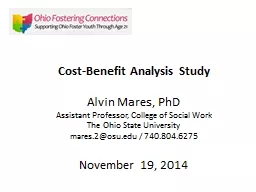
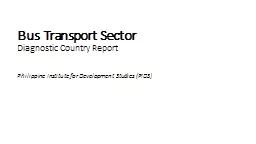

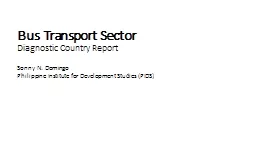
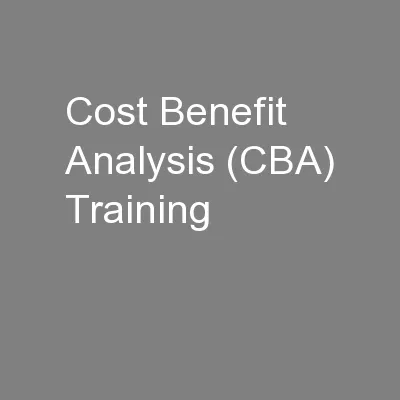
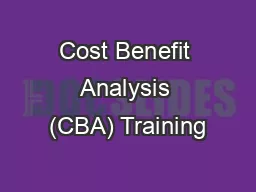
![[PDF READ ONLINE] Retaking Rationality: How Cost-Benefit Analysis Can Better Protect the](https://thumbs.docslides.com/1019702/pdf-read-online-retaking-rationality-how-cost-benefit-analysis-can-better-protect-the.jpg)
